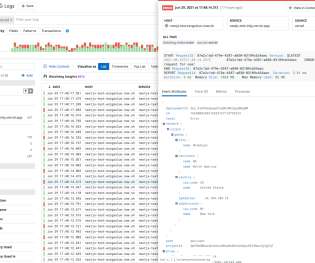Lessons Learned Rebuilding A Large E-Commerce Website With Next.js (Case Study)
Smashing Magazine
SEPTEMBER 24, 2021
Lessons Learned Rebuilding A Large E-Commerce Website With Next.js (Case Study). Lessons Learned Rebuilding A Large E-Commerce Website With Next.js (Case Study). Over those years, we have seen the technology stack evolve from server-rendered pages with some minor JavaScript and CSS to full-blown JavaScript applications.












Let's personalize your content